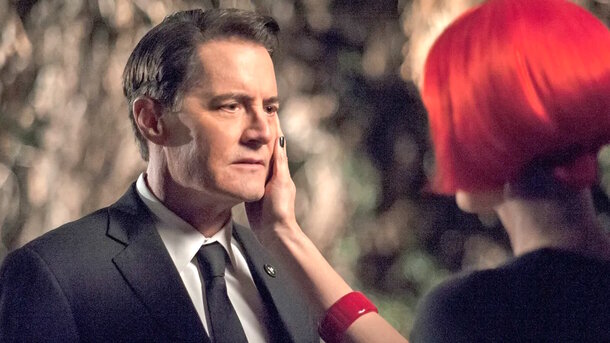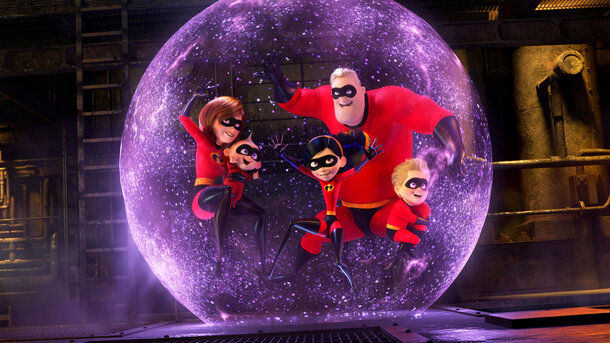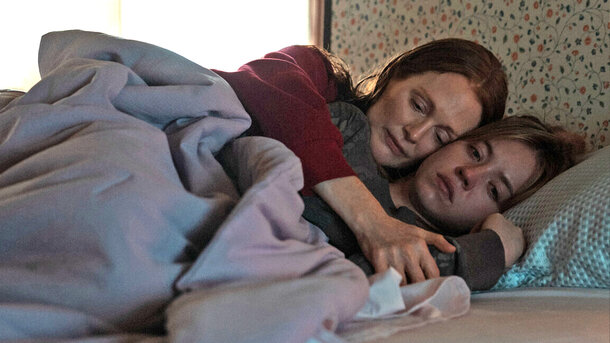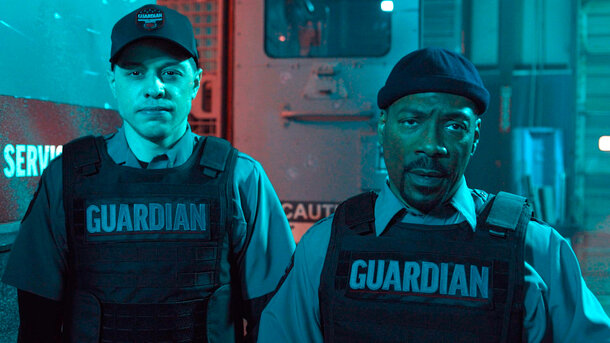Over 30 years have passed since the first season of the iconic Twin Peaks, yet viewers are still trying to unravel the mysteries of its endings. The final, third season added even more intrigue and left audiences perplexed. What lies behind the black curtains of the Black Lodge?
Version 1: Laura Palmer Trapped in Time
One of the most mysterious storylines of the third season is Agent Dale Cooper's attempt to alter the past and save Laura Palmer. At first, this mission seems to fail: Laura disappears, and the town forgets about her.
However, Cooper, undeterred, ventures into an alternate reality where he meets an older Laura, now living under the name Carrie Page. Returning to Twin Peaks with the new Laura leads to even more confusion: the Palmer house is now owned by strangers, and dark forces once again take control. This version suggests that Laura remains trapped in the Black Lodge. What viewers see in the alternate reality is merely her tulpa – a soulless copy.

Version 2: It’s All a Dream of Laura's
Some fans believe the entire series is just a dream of Laura Palmer herself. In the finale, she hears her mother's voice, screams, and wakes up.
“In reality, Laura is just an ordinary high school student living in a town without evil spirits, the Black Lodge, or Agent Cooper.”
This interpretation evokes a philosophical parable: where does the dream end, and reality begin?

The Ending as a Reflection of Lynch’s Creativity
Complex, nonlinear narratives are David Lynch’s signature style. The ending of season three is not a definitive conclusion, but an ellipsis. Each viewer decides for themselves what happened to Laura, Cooper, and their world.
Your thoughts?
How do you think Twin Peaks ended? Is it a multilayered parable about the battle between good and evil, a metaphor for human consciousness, or simply a tangled story that defies explanation?










